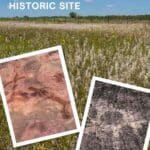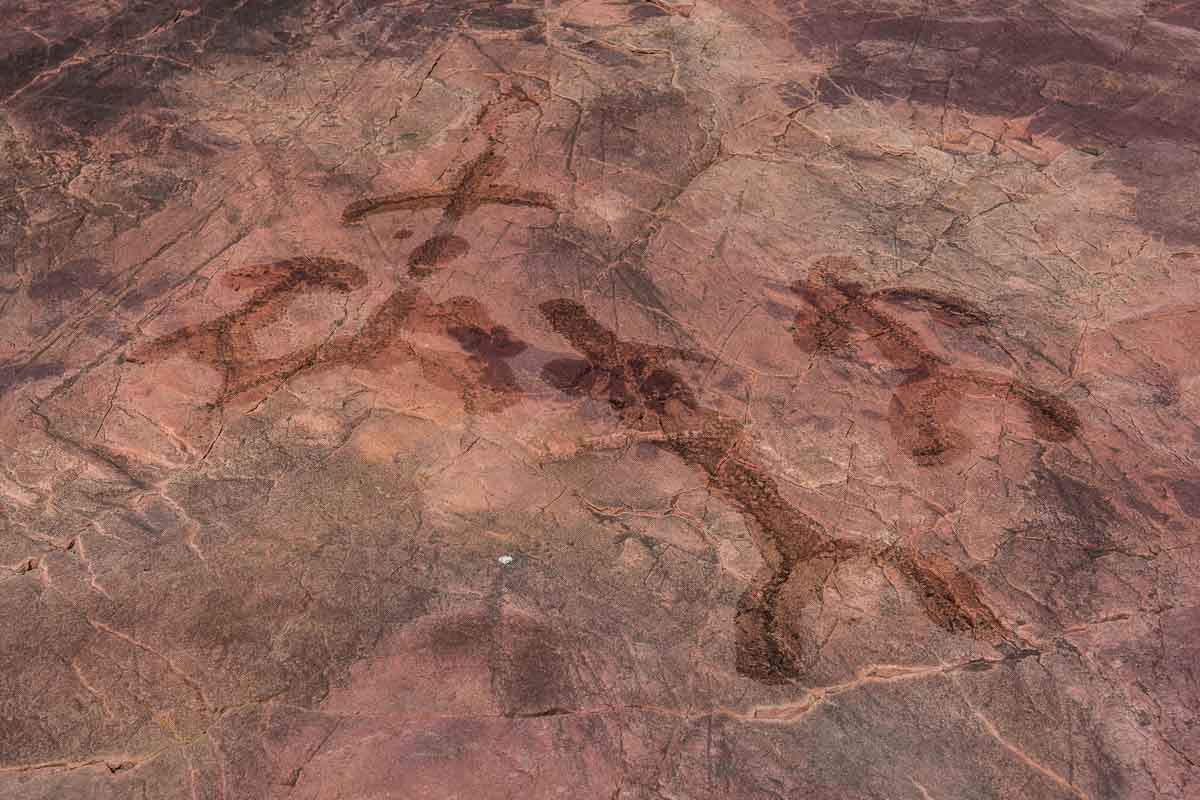
The Jeffers Petroglyphs historic site is home to about 5,000 Native American sacred rock carvings, also called petroglyphs, made by the the earliest residents of Minnesota. The site is located on a Sioux Quartzite outcropping in Cottonwood County in southwestern Minnesota.
This Jeffers Petroglyphs site is part of the Red Rock Ridge prairie landscape; a series of prairie preserves associated with a discontinuous, 23-mile long ridge of Sioux quartzite outcrops that also include The Nature Conservancy’s Red Rock Prairie Preserve.
Some posts on MN Trips may contain affiliate links. If you buy something through one of those links, we may earn a small commission. As an Amazon associate, we earn from qualifying purchases.
Sioux Quartzite underlies much of southwestern Minnesota, extending westward as far as Mitchell, South Dakota.
Because of the nearness of the hard rock to the surface, the land around the Jeffers Petroglyphs was never farmed because it could not be plowed. Hence, the surrounding prairie is “virgin” prairie and did not need to be restored.
The exact history of the ancient carvings and the people who carved them is not known, but the earliest carvings are thought to be around 7000 years old. Some of the most interesting symbols are of an early hunting tool called an atlatl, which was a curved stick used to hurl spears or darts. The atlatl dates from before the bow and arrow.
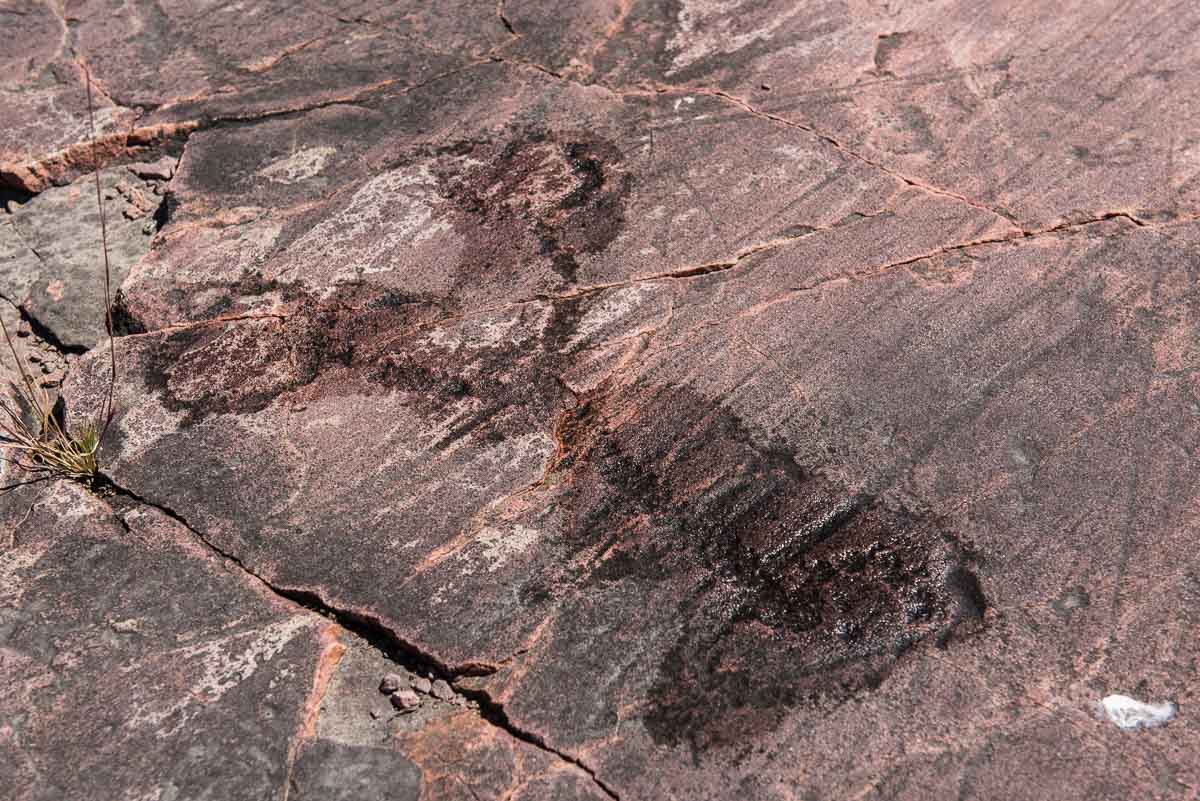
Other carvings, such as thunderbirds, turtles, and shamans, are typical icons of later tribes such as the Otoe, Dakota, and Iowa Indians. These are believed to be from 1000 years ago to as little as 250 years ago.
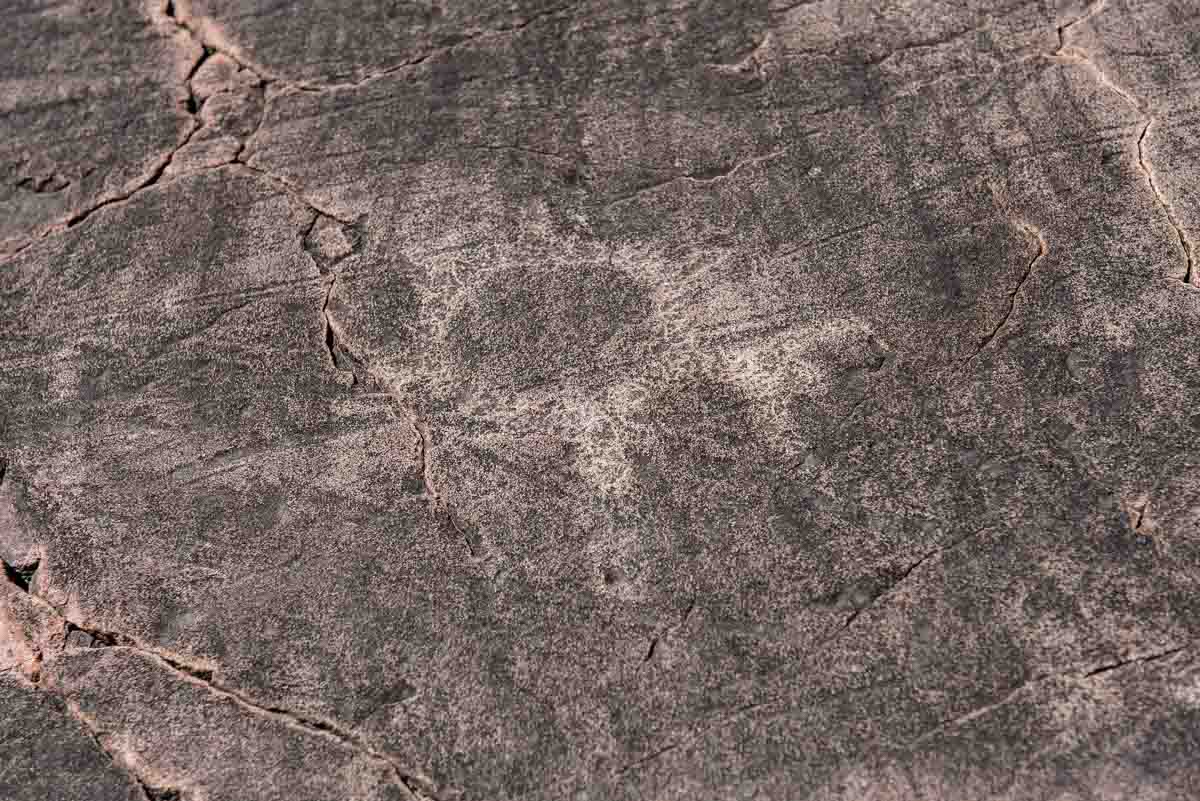
The latest Indian carvings are thought to date from around 1760, and it’s notable that there are no depictions of horses anywhere at the site. This leads to the conclusion that the Indians stopped carving at the site around that 1760 date. Beginning in about the 1820s, white settlers began to leave their marks on the stones as well.
The time span of the carvings, probably more than 7000 years, makes the Jeffers Petroglyphs site one of the longest used sacred sites in the world.
Visiting the site
From the visitor center, you take a quarter mile walk on a crushed gravel path slightly uphill to the exposed rock where the petroglyphs were carved. There, you will most likely find a Historical Society docent (or two) who will highlight the carvings with a spray bottle of water and give you an introduction to the iconography and history of the carvings.
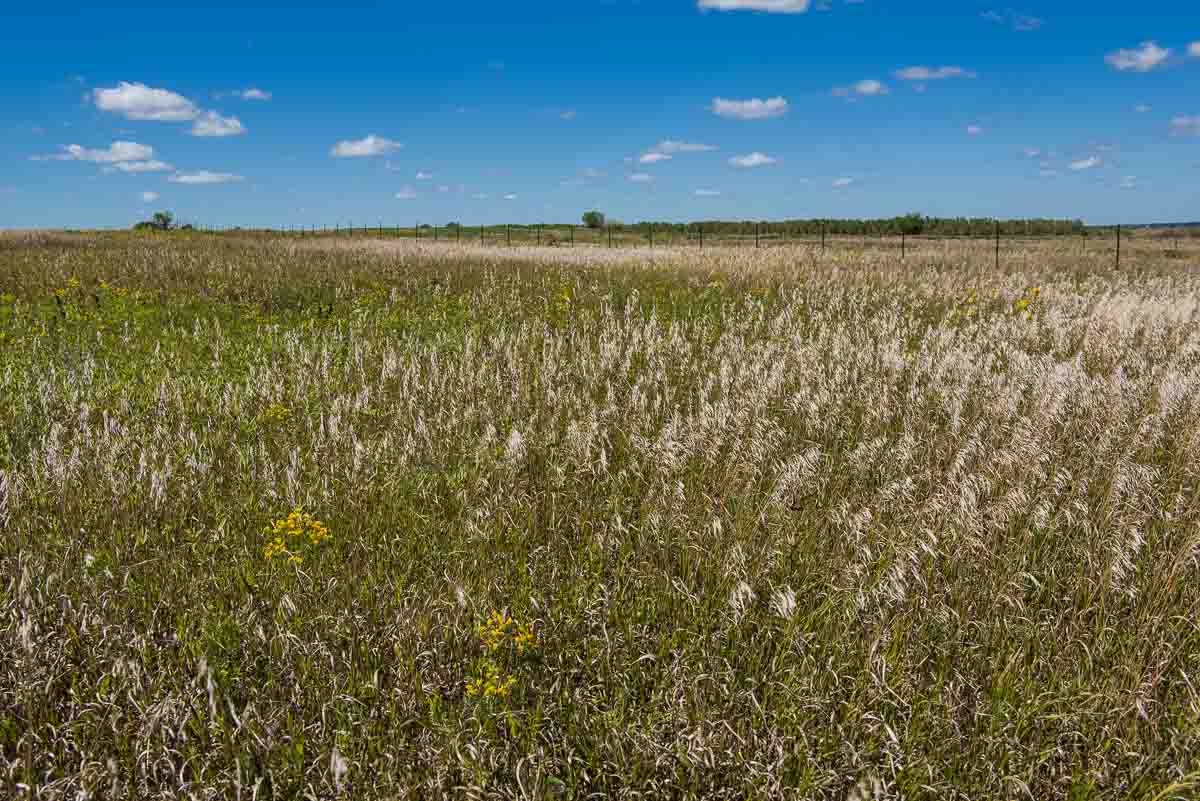
At the end of your tour of the petroglyph area, you have the choice of returning to the visitor center and parking lot the way you came, or taking a longer circular route on a mowed path through the virgin prairie back to your car. That route is about three quarters of a mile and will take you through some beautiful landscape and past a bison rub–a stone outcropping where bison once rubbed off their winter coats in favor of lighter spring apparel. Note one edge of the rock is rubbed very smooth.
The prairie walk is also worth it because of its solitude. The Dakota and other Indians revered sites like these because of the vistas, especially to the west, were regarded as sacred. Also, certain geological formations have special qualities that make them stand out from their surroundings. To Native Americans, rock formations emerging from the earth are a link between the physical and spiritual worlds.
Visiting schedule
The Jeffers Petroglyphs site is a little more than a two-hour drive from the Twin Cities. Here are the Google map coordinates.
Opening hours at Jeffers Petroglyphs are very limited through the middle of October 2020. If you’re planning on visiting, check the opening hours here and make your reservations online in advance. The site closes for the season after October 17, 2020.
The site is managed by the Minnesota State Historical Society.
While in southwestern Minnesota, there are many more important Native American sites, including many that are illustrative of the history of the conflicts between the Indians and the Whites in the mid 19th Century. Another significant sacred site is the Pipestone National Monument, about an hour away from the petroglyphs site.
More info from MNTrips
See the list of all Minnesota State Parks, including basic permit information. We also have a list of all Minnesota Historical Society sites. We’re adding our commentary for the park and historical sites as we visit them.
Check out our recommendations for what to carry in your hiking day pack when you check out the extensive Minnesota State Park and National Park system.
Some of the links on this page are affiliate links, which means we may receive a small commission if purchases are made through those links. This adds no cost to our readers and helps us keep our site up and running. Our reputation is our most important asset, which is why we only provide completely honest and unbiased recommendations.
- Birding in Winnipeg - June 24, 2023
- 12 Museums to Visit in the Twin Cities - March 21, 2023
- Crosby Manitou State Park: A Tough Hike - July 27, 2022

